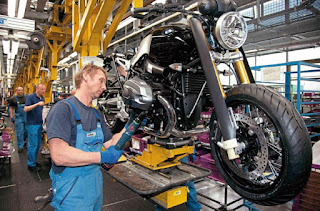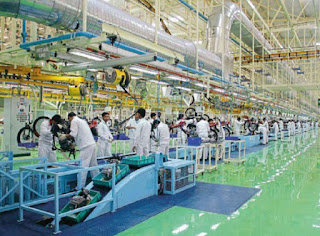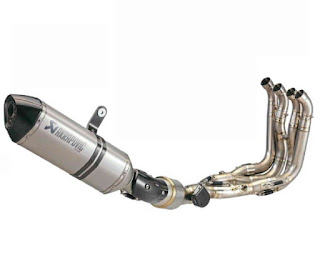
 |
| If you own a classic, EURO 4 won’t have any impact on it or you. |
 |
| Not every manufacturer bows to the demands of EURO 4, especially some factories in Asia. |
“Yamaha’s line-up will of course be impacted by the legislation change, and it’s very probable that some models won’t exist in our range as of 2017. Take the XT660Z Ténéré for instance, which we have already dropped from our official line-up in the UK – it would not be viable to change this model to meet the constraints of EURO 4 owing to the relatively low number of units that are sold in the UK. Making the required technical changes would have increased the retail price, and that would have undoubtedly further reduced the bike’s appeal. You can expect some older models to be lost from our ranks, which is a shame, but we are actively developing new motorcycles for the future and are always looking to deliver as many options of machinery as possible to our customers. EURO 4 isn’t the death knell for motorcycling, it’s more a change of scenery.”
“Our bikes have always featured premium components; we were the first manufacturer to offer ABS as standard on a 125 with the Duke, so many of the costs faced by some manufacturers to introduce ABS etc. haven't been an issue for us, and hence our customers.”
“Therefore the opportunity to buy a restricted Yamaha and then remove the restrictor after the A licence is acquired will disappear. A2 riders will therefore need to purchase a permanently restricted model (MT-07 or XSR700 only) or a machine like the MT-03 or YZF-R3 that are 'naturally' A2 compliant.”
 |
| Two strokes are particularly susceptible to legislation reprimands owing to their oil-burning nature. |
 |
| It’s not all down to the size of the exhaust, but larger chambers and purifying converters are likely to be a common feature on EURO 4 bikes. |